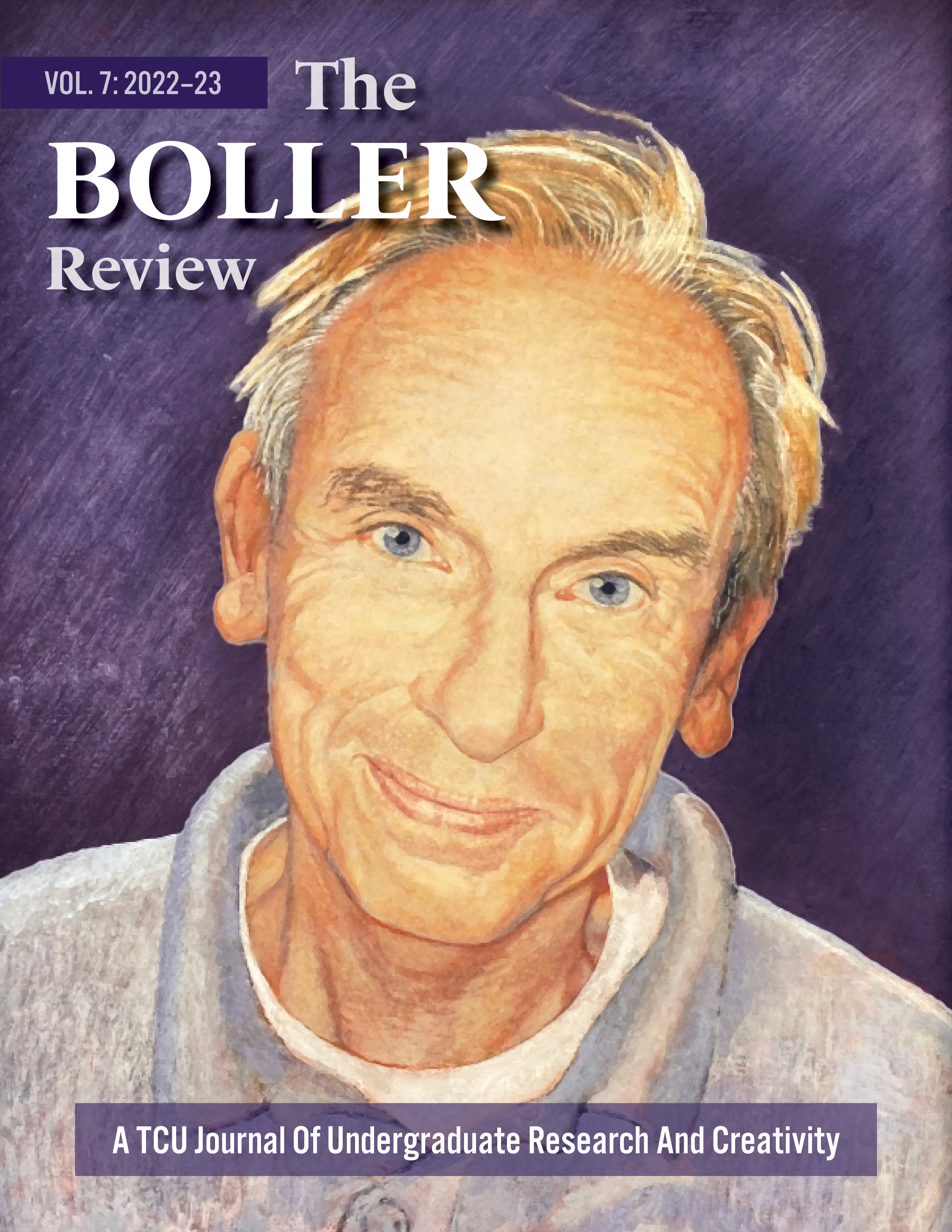The Effects of Transcutaneous Auricular Vagus Nerve Stimulation on Language Retention in College-Aged Students
Main Article Content
Abstract
As our world is becoming more globally connected, the ability to speak another language is increasingly becoming a valuable skill. While there exist many training programs to help acquire a new language, this task becomes increasingly difficult with age—thus presenting the need for a novel method of intervention to assist in this process. Considering this increasing difficulty and poor outcomes of existing methods, a new biologically based intervention could be valuable for improving learning and memory. Previous research conducted in our lab has shown that noninvasive transcutaneous auricular vagus nerve stimulation (taVNS) is an effective intervention in memory-based reading comprehension and letter-sound learning (Thakkar et al., 2020;2023). TaVNS has also been shown to boost associative memory (Jacobs et al., 2015), spatial working memory (Sun et al., 2021), and emotional memory (Ventura-Bort et al., 2021). Despite this knowledge, little is known about taVNS and its effects on long-lasting language retention. Thus, this current study explores whether transcutaneous auricular vagus nerve stimulation can improve learning and retention of vocabulary words in a new language when paired with a training routine. Typically developing college-aged individuals were recruited through an online participant pool. All individuals were screened for age, IQ, reading, memory, and attention for inclusion in this study. The participants completed a one-hour training session in which they were presented with 30 Palauan nouns, the respective English translations, as well as images of the nouns. During this time, the participants received sham, 5 Hz, or 25 Hz stimulation to the posterior of the left tragus. Prior to training, participants completed a translation test to measure their existing knowledge of the Palauan language, and this test was repeated immediately after training and again seven days later to measure learning and retention. After analysis of the results, no effect was found for any stimulation group immediately after training. At retention, however, the 25 Hz taVNS group showed significantly greater performance than both the sham and 5 Hz taVNS groups on recall of material. There was also no statistical difference between the performance of the sham and 5 Hz taVNS groups. Lastly, the results further suggest that stimulation intensity does not impact the efficacy of the intervention. These data suggest that taVNS, regardless of stimulation intensity, may be used to help in the retention of novel words in a new language. These data will be important for ongoing research examining the uses of taVNS, its use as an intervention for learning and retention of a new language, as well as its potential uses in other areas of cognition.
Comments from Mentors
When I think of Jordan Crupper, I envision an exceptional scholar who not only thrived in demanding courses but also adeptly managed balanced compelling research alongside her other McNair responsibilities. Without reservation, I place her within the top one percent of undergraduates with whom I have engaged over the past 12 years. But Jordan embodies more than her academic talent; she is a thoughtful human with a kind heart and an infectious zest for life. Witnessing her published work is a gratifying testament to her dedication.
